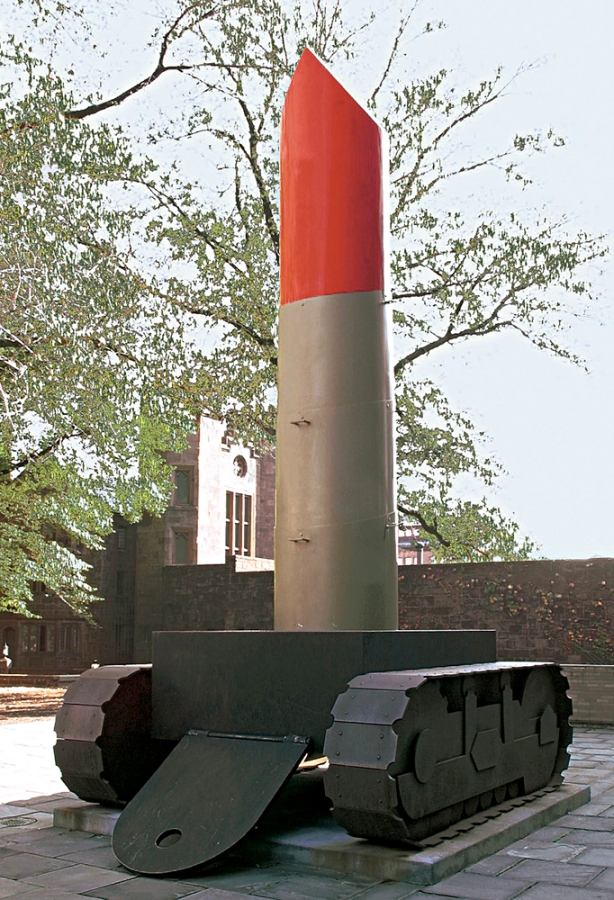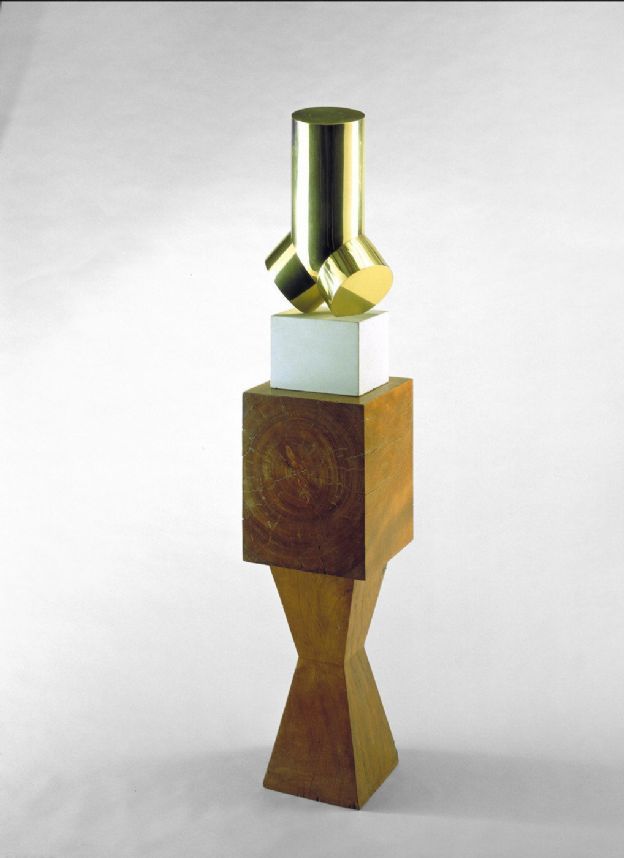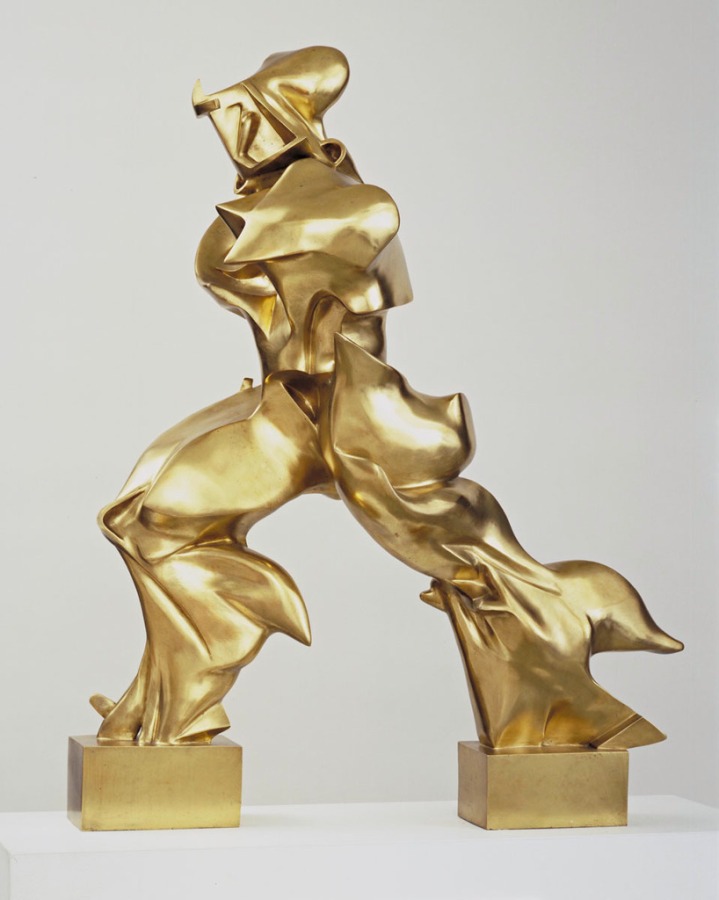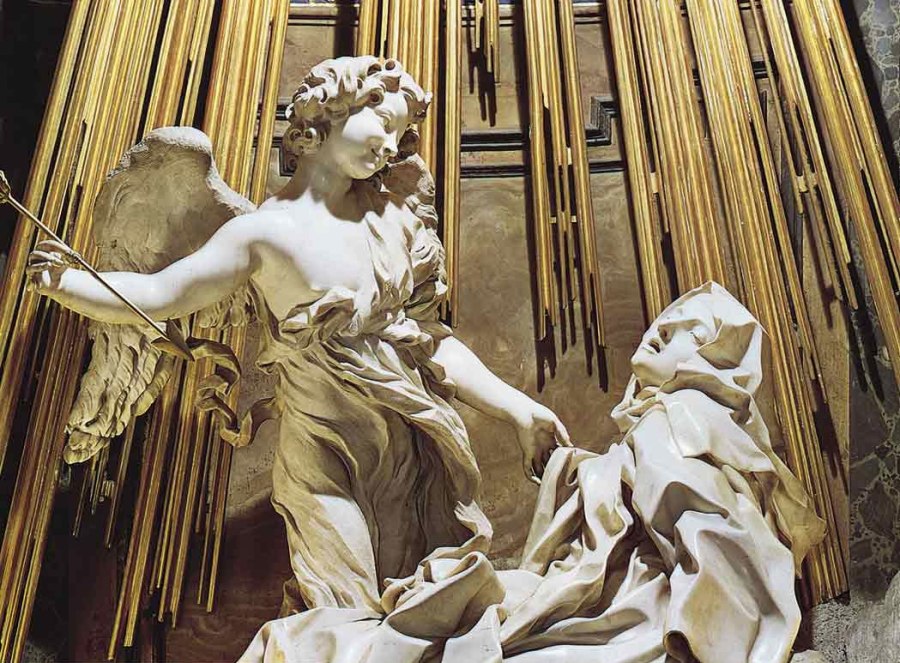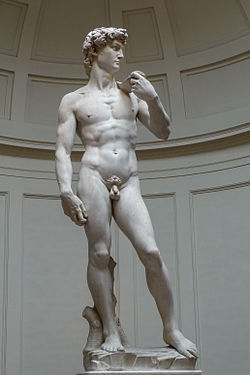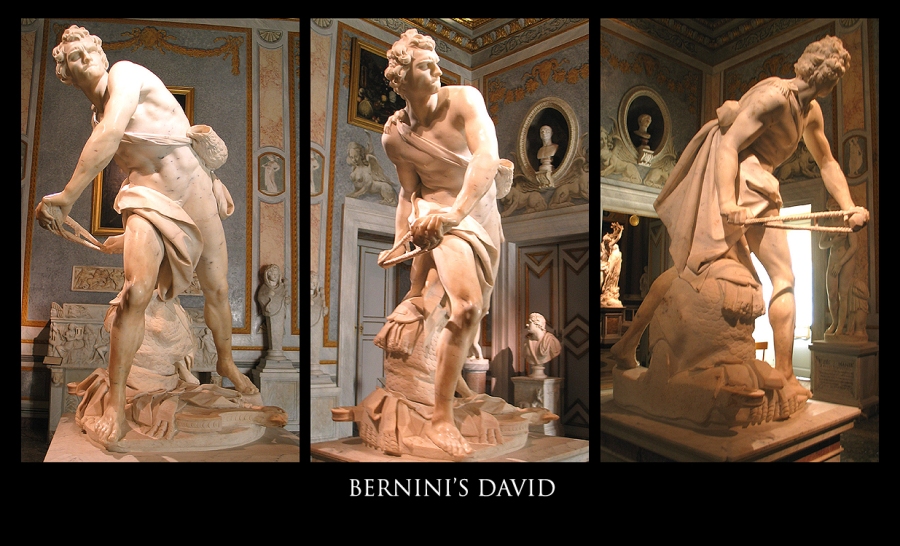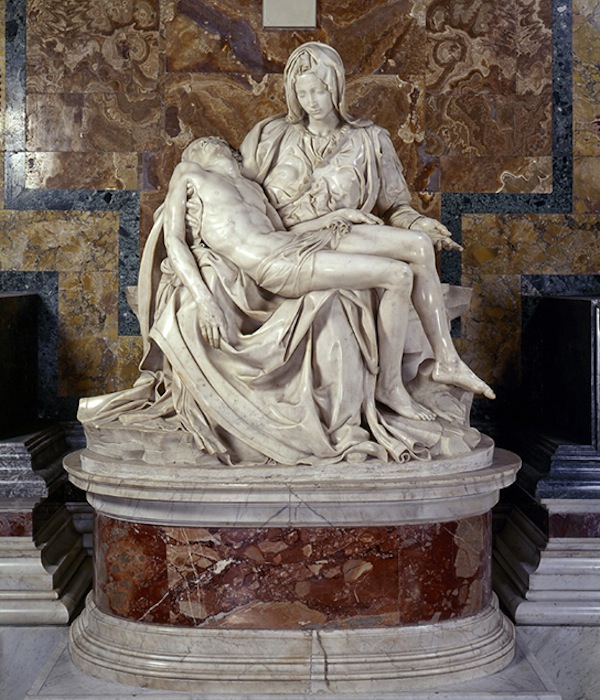In 1927, Warner Bro.’s The Jazz Singer hit theaters as the first sound feature, and Classic Hollywood was born. From The late 1920s to the early 1960s, five major production studios dominated the movie-making industry: MGM, Paramount, 20th Century Fox, Warner Brothers and RKO. They used tactics like block booking and control of prized exhibition units… Continue reading Victory for the Little Film
Month: May 2016
The Dance:Ingmar Bergman’s Fear of Death in THE SEVENTH SEAL
Ingmar Bergman’s The Seventh Seal follows the journey of a knight as he literally plays chess with an embodiment of Death and struggles with the greatest question known to man: What happens to me when I die? Through the medium of film, Bergman works out his own frustrations and… Continue reading The Dance:Ingmar Bergman’s Fear of Death in THE SEVENTH SEAL
Claus Oldenburg, LIPSTICK (ASCENDING) ON CATERPILLAR TRACKS
Claus Oldenburg, Lipstick (Ascending) on Caterpillar Tracks 1969, reworked in 1974. Painted steel body, aluminum tube, and fiberglass tip, 6.70 X 5.94 X 3.33 m. Yale University Art Gallery, New Haven, Connecticut. Modern Asked by Yale students to create a monument to what they called “the second American revolution” of the 1960’s, Claus Oldenburg created… Continue reading Claus Oldenburg, LIPSTICK (ASCENDING) ON CATERPILLAR TRACKS
Constantine Brancusi, TORSO OF A YOUNG MAN
Constantine Brancusi, Torso of a Young Man Bronze on stone and wood bases, 102.4 X 50.5 X 46.1 cm. Hirshhorn Museum and Sculpture Garden, Smithsonian Institution, Washington, DC. Abstract Brancusi’s sculpture of what he claims is a young man’s torso is a clear move to abstraction. Brancusi believed, like Picasso, that it was the essence… Continue reading Constantine Brancusi, TORSO OF A YOUNG MAN
Umberto Boccioni, UNIQUE FORMS OF CONTINUITY IN SPACE
Umberto Boccioni, Unique forms of Continuity in Space Bronze, 111 X 89 X 40 cm. Museum of Modern Art, New York. Futurism Futurist painting had developed in Italy, and Boccioni argued for futurist sculpture. Futurism was done with an emphasis on technology and speed, and Boccioni accomplishes this with a figure of pure energy striding… Continue reading Umberto Boccioni, UNIQUE FORMS OF CONTINUITY IN SPACE
Auguste Rodin, THE BURGHERS OF CALAIS
Auguste Rodin, The Burghers of Calais 1884-1889. Bronze, 2.1 X 2.4 X 2 m. Hirshhorn Museum and Sculpture Garden, Smithsonian Institution, Washington, DC. Rodin was hired by the city of Calais to depict some local heroes who had been spared by King Edwards during the Hundred Years War. The commissioners were not happy with the… Continue reading Auguste Rodin, THE BURGHERS OF CALAIS
Gainlorenzo Bernini, TERESA OF ÀVILA IN ECSTASY
Gainlorenzo Bernini, Teresa of Àvila in Ecstasy Cornaro Chapel, church of Santa Maria della Victoria, Rome. 1645-1652. Marble, height of the group 3.5 m. Baroque With the power of the Catholic church waning due to the Protestant Reformation, the art that the Catholic Church commissioned was done to create an emotional response in the viewer.… Continue reading Gainlorenzo Bernini, TERESA OF ÀVILA IN ECSTASY
Michelangelo, DAVID
Michelangelo, David 1501-1504. Marble, height 5.18 m. without pedestal. Galleria dell’Accademia, Florence. High Renaissance Perhaps the most iconic piece of Renaissance art, Michelangelo’s David stands as a monument to everything the Renaissance hoped to achieve. An anatomically correct David stands tall and serene. Not imposing, but calmly preparing for the trial he must face, David… Continue reading Michelangelo, DAVID
Gianlorenzo Bernini, DAVID
Gianlorenzo Bernini, David Marble, height 1.7 m. Galleria Borghese, Rome. Baroque In the 17th century, the religious and political climate in Rome was being shaken. The Protestant Reformation caused a backlash in the Catholic Church. Bernini’s sculptures invoke heart-wrenching scenes with the ability to captivate viewers to the point where they themselves felt one within… Continue reading Gianlorenzo Bernini, DAVID
Michelangelo, PIETÀ
Michelangelo, Pietà 1500. Marble, height 1.74 m. St. Peter’s, Vatican, Rome. High Renaissance Michelangelo’s Pietà is one of the cornerstones of the High Renaissance. It is a powerful piece showing Virgin Mary supporting a dead Jesus in her lap. The technical skilled displayed by Michelangelo in sculpting the Pietà is proof of the mastery the… Continue reading Michelangelo, PIETÀ


